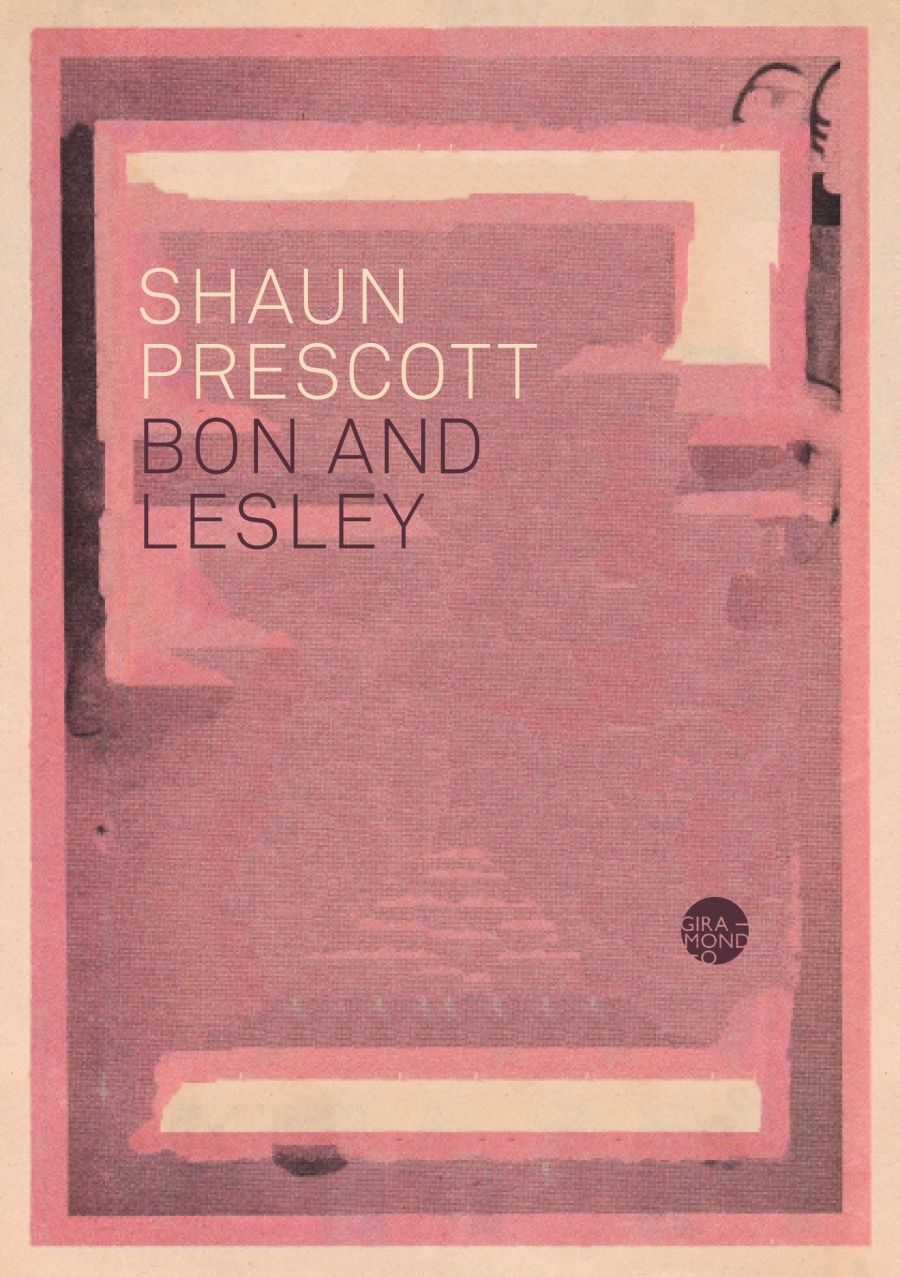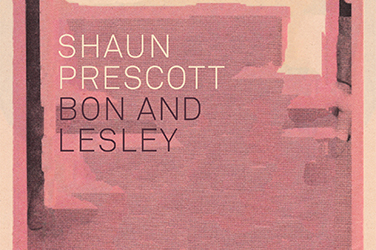
- Free Article: No
- Contents Category: Fiction
- Review Article: Yes
- Article Title: Doom metal malaise
- Article Subtitle: Shaun Prescott’s surreal second novel
- Online Only: No
- Custom Highlight Text:
In keeping with his successful début fiction, Shaun Prescott’s Bon and Lesley is set in a declining regional Australian town filled with oddball characters and plagued by otherworldly phenomena. The Town (2017) was published in seven countries and garnered apt comparison to, among others, Franz Kafka and László Krasznahorkai, as well as Australian writers Gerald Murnane and Wayne Macauley. Like these influences, Prescott’s work eludes definitive categorisation, though his second novel maintains distinctly ontological and surrealist emphases.
- Featured Image (400px * 250px):

- Alt Tag (Featured Image): Morgan Nunan reviews 'Bon and Lesley' by Shaun Prescott
- Book 1 Title: Bon and Lesley
- Book 1 Biblio: Giramondo, $29.95 pb, 288 pp
- Book 1 Readings Link: https://booktopia.kh4ffx.net/rnmOA5
Inside this dream territory, surreal elements rise to the surface: biblical wildfires, invisible portals, a towering and faceless stalker named Colossal Man, and an all-consuming darkness that begins to envelop the town. Lesley joins Bon and Steven’s haphazard household, and is soon followed by Steven’s chronically online younger brother, Jack. All four protagonists are convinced that the world is balancing on a catastrophic ‘threshold’. They are desperate for an alternative to entropy; for a more permanent escape from ‘the insurmountable pressure of home and the monotony of work’. Contemporary crises (affordable housing, the cost of living, regional decline, and climate change) pervade the book. Life’s rhythms seem to fit within constricting binaries: purpose or despair; urgency or acquiescence. As Steven posits early in the novel: ‘Your rhythm is either a speed metal song or it’s a doom metal song.’
The text is divided into three parts that loosely mirror shifts in the protagonists’ location, as well as the third-person narration (the perspective alternates between Bon and Lesley). Much of the narrative comprises plodding day-to-day activities (visits to the shops for alcohol and servo food; aimless walks around Newnes). Bon and Steven, who are both in their mid-thirties, conduct lacklustre searches for the invisible portals that exist, according to Steven, in the forested hillside above the town. Eventually this pastime is replaced by a job destroying the contents of abandoned houses and by otherwise cycling through Iron Man and Star Wars DVDs. Meanwhile, motherhood-obsessed Lesley (also in her mid-thirties) spends much of her time infantilising the Grady brothers, particularly the decade-younger Jack, who is so fearful of being unoriginal that he is rendered almost mute. It is Jack who is stalked by the Colossal Man due to a fallout over a mysterious anarchic online community.
Prescott alludes to the absence of traditional plot in a number of metafictional references. The detached and disenfranchised Bon bemoans a life ‘deprived of transformative plot beats’. Lesley suggests that Jack’s ‘story’ is more interesting because ‘his has an antagonist’, yet confrontations with the Colossal Man end in anti-climax, bizarre reversals, or dead ends. Rather than conventional narrative causality, the novel prioritises loftier existential concerns. As Lesley goes on to reflect: ‘Climaxes have come to a head … They’ve reached the ceiling, there isn’t anything more climactic than what’s in store and you’d want to hope there isn’t.’
As in his first novel, Prescott has a sharp eye for provincial settings, which in his hands inevitably turn offbeat and unsettling: the fading Newnes Valley Plaza; the ‘temple-like’ RSL; a hidden chicken shop; and the ruins of an old blast furnace (‘almost as grand as castle ruins’) that becomes a shelter for commuters stranded by cancelled trains. Like the village in Kafka’s The Castle, these uncanny spaces surrounded by ‘endless residential blocks’ or ‘interminable asphalt fields’ render Newnes simultaneously vast and confining.
Instead, it is the close focus on the novel’s quartet of protagonists that is a departure from The Town, with the earlier novel gaining energy from its oscillation between a large ensemble of humorously sketched minor characters. By comparison, the pace of Bon and Lesley can feel sluggish, particularly when the meandering narrative is slowed by long stretches of dialogue. However, this is counteracted by a greater depth of characterisation and moments of comic relief.
Prescott expertly weaves bathos and absurdist humour, often in scenes where the subdued prose rises to its most lively, as in a long passage in which Bon reflects on his past penchant for daily $7.50 egg and bacon breakfast rolls. In an act of self-sabotage, Bon consumed these indulgent rolls ‘callously, almost nihilistically’, eventually feeling ‘as if egg-and-bacon rolls were a sinister controlling force, designed to sap his agency, to sap his determination and his income, to keep him in his place’. Egg and bacon rolls become the embodiment of Bon’s ‘doom metal kind of life’.
Bon and Lesley is a strange, probing narrative that rejects convention and reflects a distinctive sense of contemporary malaise. The novel confirms Prescott as an exciting purveyor of the surreal and the absurd.


Comments powered by CComment